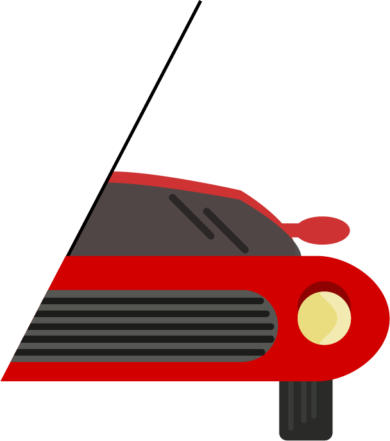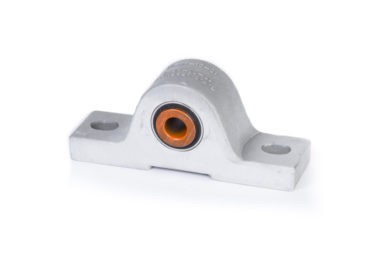I’m sure you’ve heard the old saying, “Parts is parts”. The thought being, as long as it looks the same, fits, and works, its fine. Good enough. But is it?
The Daily Driver
A good comparison is my daily driver versus my high-performance track car. The primary function of my daily driver is to get me to work, my kids to sports, and haul stuff from stores. It needs to start and stop consistently. That’s it. As long as it meets these basic parameters, the car is fine. So do I fuss over what oil filter I buy, or if the replacement water pump is from one of the value parts chains? Nope. As long as it doesn’t affect the performance of the machine, I don’t care.
The Track Car
When it comes to my track car, however, the story is totally different. It is a 1995 Ford Mustang. It has more than double the horsepower it came with from the factory, and I am asking it to do things on the track, the engineers of the car never envisioned it to do. Every piece of hardware, every component, and every decision I make while maintaining the vehicle can mean the difference between a good day at the track or an expensive ride home, broken in the trailer. Skimping on quality is not an option in this situation. As I approach the end of the straight at 140 MPH, my life depends on my maintenance choices.
Will it Work?
Same goes for process equipment. There are machines in your facility that have very little to do with the success of your daily operations, and if they go down because the cheaper part you put in failed, the process will go on. While still not the best choice, the “daily drivers” of your facility will probably work with the off the shelf alternatives. At least for a while.
Like the track car, your critical production equipment is different. It has to keep running. It has to perform. Putting oil you got at the grocery store in a race car is probably a bad idea. So is putting a catalog bearing on a vibratory drive, or having a local repair shop not familiar with vibration rebuild your motor. Will either of those work? Maybe. Maybe not.
Choose Wisely
Before you make a decision on maintaining your critical process equipment, do a value analysis of your machine. What happens if you DO buy that off the shelf bearing for $20 less? What happens when that bearing you saved $20 on fails in a few weeks? Factor in the other components that rely on that part. What will happen to the machined shaft it will probably destroy when it fails? All of a sudden your $20 savings has turned into a $4000 expense and massive downtime. Or that rocker leg bushing that was a little cheaper from the other guy. It looks the same and fit in the GK leg, but how is the machine now performing? Is the stroke the same? Is it still vibrating straight and true? Or is the machine now cracking up or performing poorly?
When you need to rely on a machine, whether it be on a racetrack or a production line, it pays to maintain your equipment with the best parts you can. The short-term expense may be a little bit more, but in the long term, your machine, and your bottom line will thank you.








